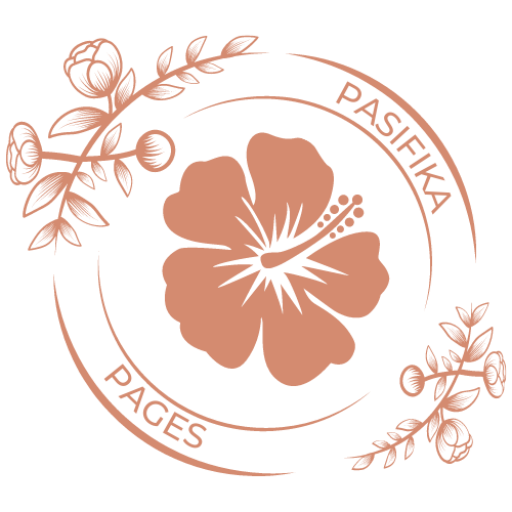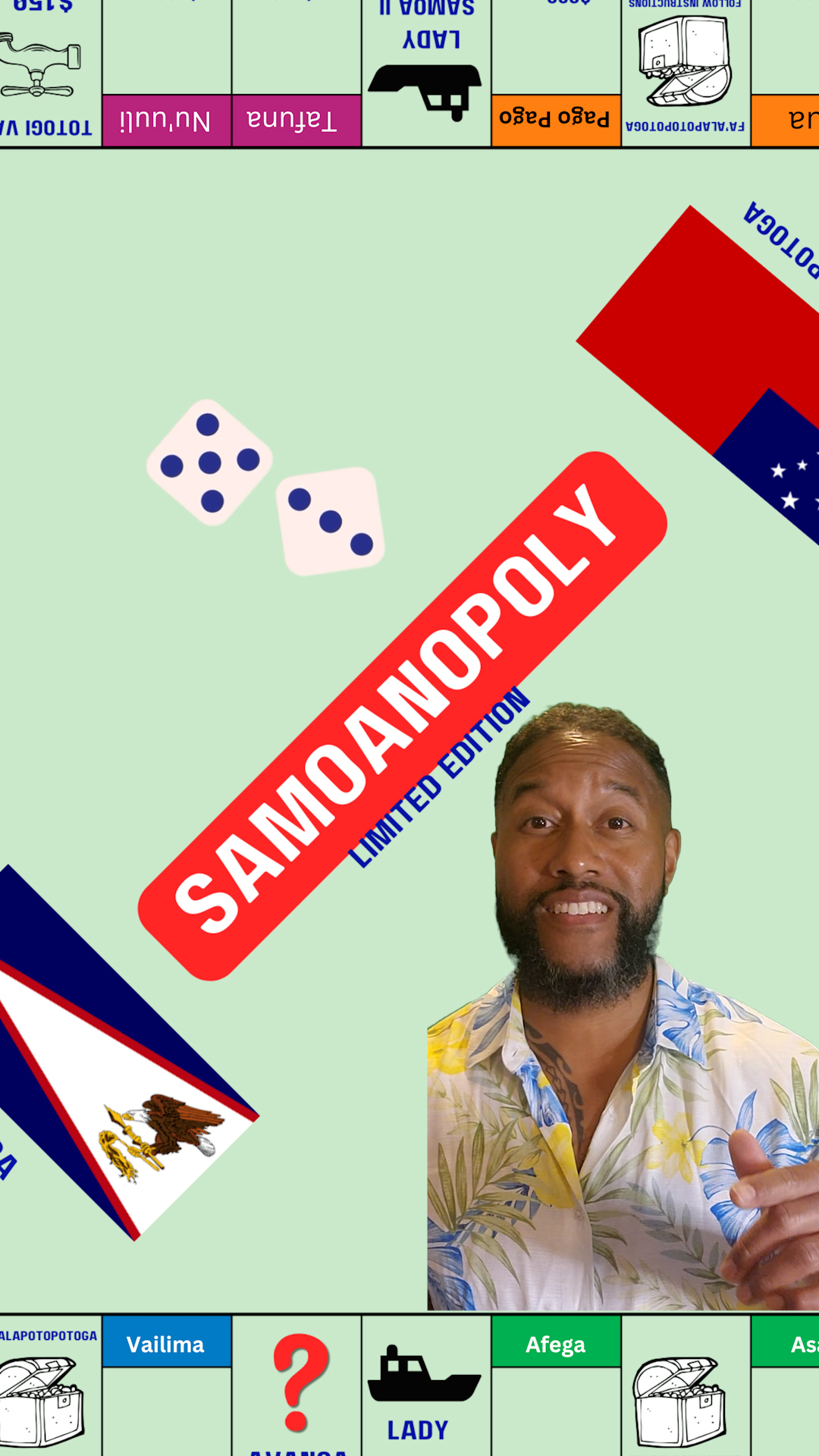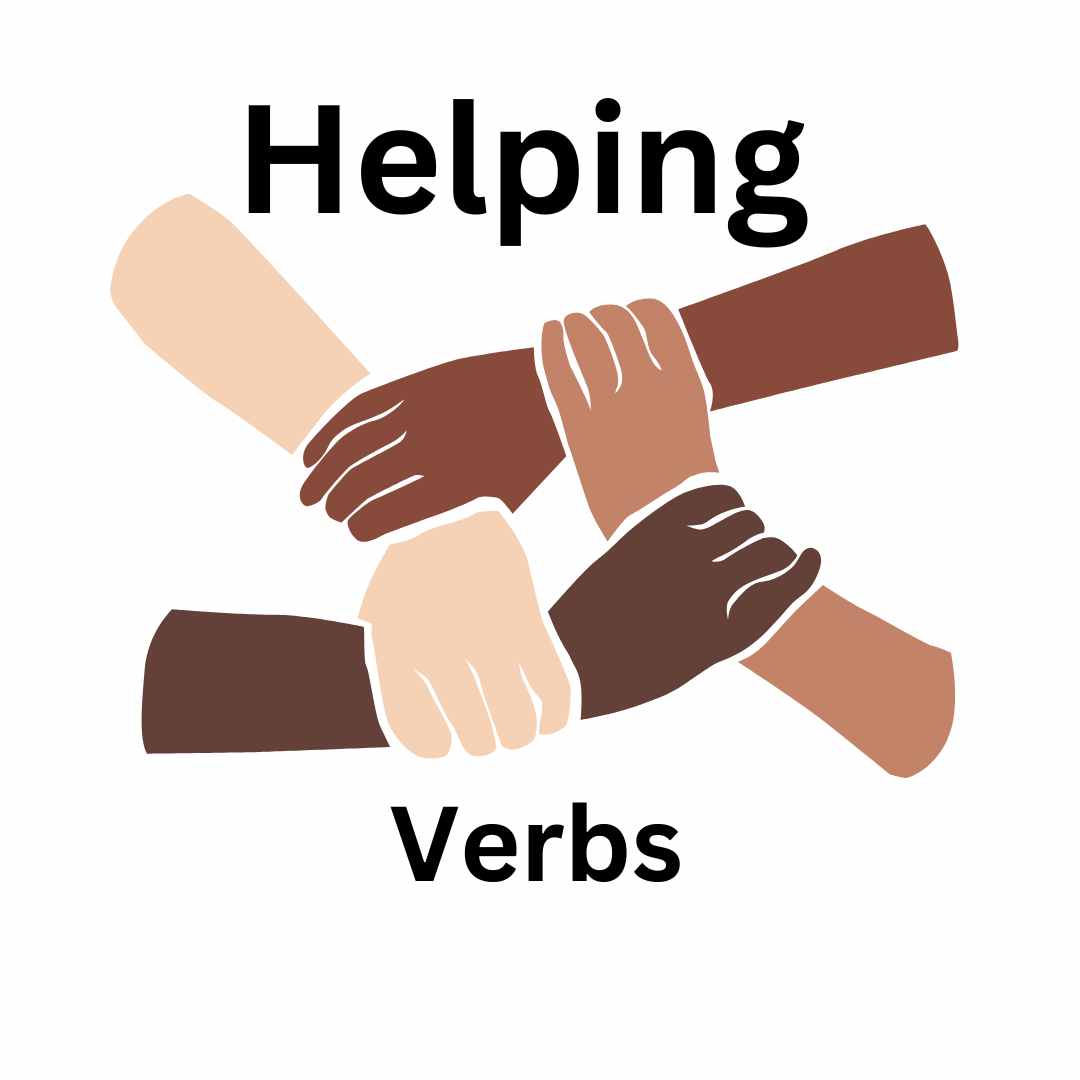Samoan Language Lesson: Asking “What Kinds?”
Lesson Overview
In this lesson, we will learn how to ask, “What kinds?” in Samoan. We’ll focus on two common phrases: “O le a ituaiga” and “O a ituaiga”.
Understanding “Ituaiga”
The word “ituaiga” in Samoan means “kind” or “type.” It is used when you want to ask about different types or kinds of something.
Singular vs. Plural
- “O le a ituaiga” is used when asking about the kind or type of one thing (singular).
- “O a ituaiga” is used when asking about the kinds or types of multiple things (plural).
Examples
- O le a ituaiga? – What kind (singular)?
- Example: “O le a ituaiga meaai o le mea lea?”
Translation: “What kind of food is this?” - Explanation: Here, you’re asking about one type of food.
- Example: “O le a ituaiga meaai o le mea lea?”
- O a ituaiga? – What kinds (plural)?
- Example: “O a ituaiga uo o iai?”
Translation: “What kinds of friends do you have?” - Explanation: Here, you’re asking about more than one kind of friend.
- Example: “O a ituaiga uo o iai?”
Practice Questions
- How would you ask, “What kinds of fruits are there?”
- Answer: “O a ituaiga fua o i ai?”
- How would you ask, “What kinds of books do you read?”
- Answer: “O a ituaiga tusi e te faitau ai?”
- How would you ask, “What kind of music do you like?”
- Answer: “O le a ituaiga musika e te fiafia i ai?”
In the Samoan language, the word “ituaiga” plays a significant role in everyday conversation. It translates to “kind,” “type,” or “category” in English and is essential when categorizing or describing various things. Whether you’re discussing food, people, or abstract concepts, understanding how to use “ituaiga” properly can help you communicate more effectively in Samoan. This lesson will explore the meaning, usage, and importance of “ituaiga,” providing examples and practical exercises to deepen your understanding.
The Basic Meaning of “Ituaiga”
The word “ituaiga” refers to the kind, type, or category of something. It is often used when discussing the different varieties or classifications of objects, people, or concepts. In English, you might ask, “What kind of car is that?” or “What type of person is she?” In Samoan, these questions would incorporate the word “ituaiga.”
For example:
- “O le a ituaiga ta’avale lea?”
Translation: “What kind of car is that?” - “O le a ituaiga tagata o ia?”
Translation: “What type of person is she?”
In these examples, “ituaiga” helps specify the category or nature of the noun being discussed. This specificity is crucial in communication, as it allows the speaker to inquire about or describe something more precisely.
Singular vs. Plural Usage
Like many Samoan words, “ituaiga” can be used in both singular and plural forms, depending on the context. The singular form is typically introduced with “O le a”, while the plural form uses “O a”. This distinction is important because it changes the meaning of the question or statement.
- Singular: “O le a ituaiga?”
Translation: “What kind?”
Example: “O le a ituaiga vai o le mea lea?” (What kind of water is this?) - Plural: “O a ituaiga?”
Translation: “What kinds?”
Example: “O a ituaiga mea’ai e iai i le fale?” (What kinds of food are in the house?)
In the singular form, you are asking about one specific type, while in the plural form, you are asking about multiple types or varieties. Understanding this difference is key to using “ituaiga” correctly.
Using “Ituaiga” in Sentences
The word “ituaiga” is versatile and can be used in various sentence structures to describe or inquire about different categories. Here are some common ways to use “ituaiga” in sentences:
- Describing a Category:
- “O le ituaiga mea lea e fiafia ai tagata uma.”
Translation: “This is the kind of thing that everyone likes.” - “O a ituaiga mea e taua i lau galuega?”
Translation: “What kinds of things are important in your work?”
- “O le ituaiga mea lea e fiafia ai tagata uma.”
- Asking About Preferences:
- “O le a ituaiga musika e te fiafia i ai?”
Translation: “What kind of music do you like?” - “O a ituaiga tusi e te faitau ai?”
Translation: “What kinds of books do you read?”
- “O le a ituaiga musika e te fiafia i ai?”
- Identifying Specific Items:
- “O le a ituaiga ‘oloa o lo’o e sailia?”
Translation: “What type of product are you looking for?” - “O a ituaiga lavalava e te ofuina?”
Translation: “What kinds of clothes do you wear?”
- “O le a ituaiga ‘oloa o lo’o e sailia?”
In these examples, “ituaiga” helps clarify the nature or category of the noun being discussed. It adds specificity to the conversation, making it easier to convey exactly what you mean.
Cultural Context and Importance
In Samoan culture, where oral communication is highly valued, the ability to describe and categorize things accurately is essential. The word “ituaiga” allows speakers to be precise and clear, which is particularly important in formal settings, such as family meetings (fono), church services, or traditional ceremonies (fa’alavelave).
For instance, during a family meeting, you might hear someone say:
- “O a ituaiga fa’afetai e tatau ona fai?”
Translation: “What kinds of thanks should be given?”
Here, “ituaiga” is used to ask about the different types of gratitude that should be expressed, demonstrating the word’s importance in maintaining clarity and respect in communication.
Practical Exercises
To solidify your understanding of “ituaiga,” here are a few practical exercises:
- Translation Practice:
- Translate the following sentences into Samoan using “ituaiga”:
- “What kind of flowers are these?”
- “What kinds of animals live in Samoa?”
- “What type of weather do you like?”
- Translate the following sentences into Samoan using “ituaiga”:
- Sentence Construction:
- Create sentences in Samoan using “ituaiga” to describe the following:
- Your favorite type of food
- The kind of movies you enjoy
- Different kinds of sports
- Create sentences in Samoan using “ituaiga” to describe the following:
- Cultural Application:
- Think of a traditional Samoan event you’ve attended. How would you describe the different types of activities or roles using “ituaiga”? Write a few sentences in Samoan.
Conclusion
The word “ituaiga” is a fundamental part of the Samoan language, helping speakers categorize and describe the world around them with precision. By understanding how to use “ituaiga” in different contexts—whether singular or plural, in questions or descriptions—you can enhance your Samoan language skills and communicate more effectively. Remember, “ituaiga” is not just a word; it’s a tool that adds depth and clarity to your conversations. So, the next time you’re discussing something in Samoan, try incorporating “ituaiga” to specify exactly what you mean.





